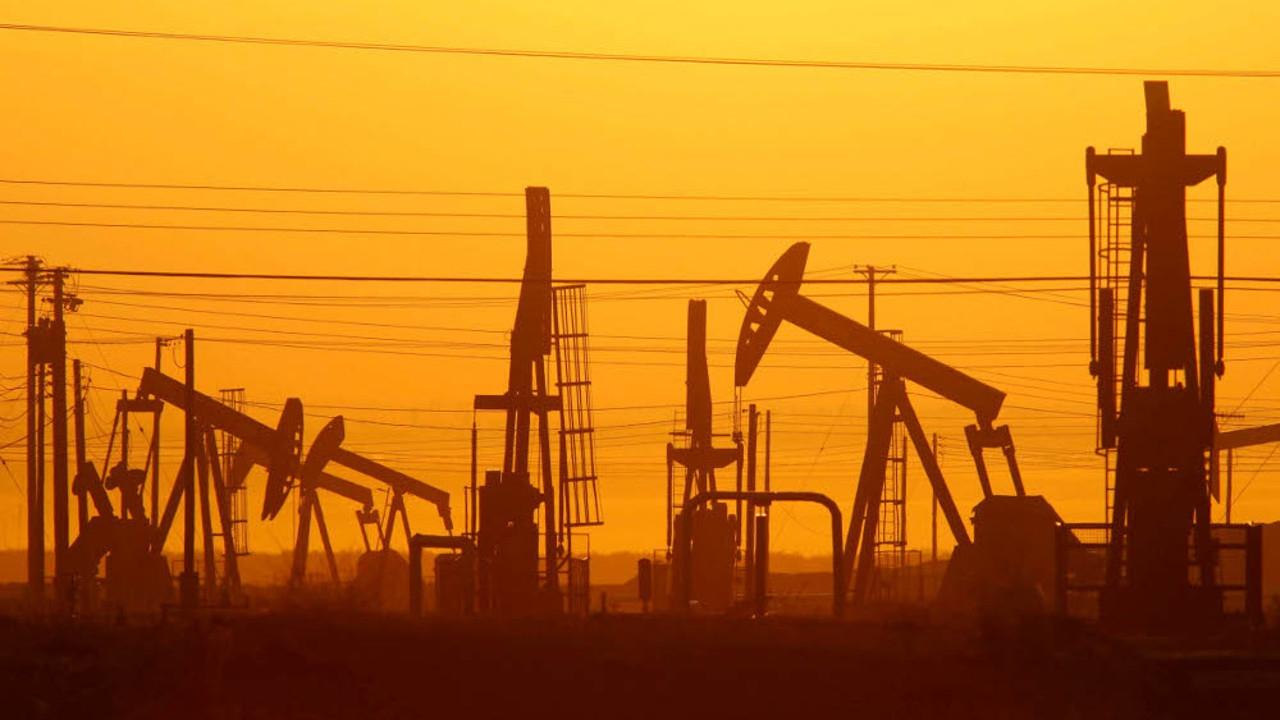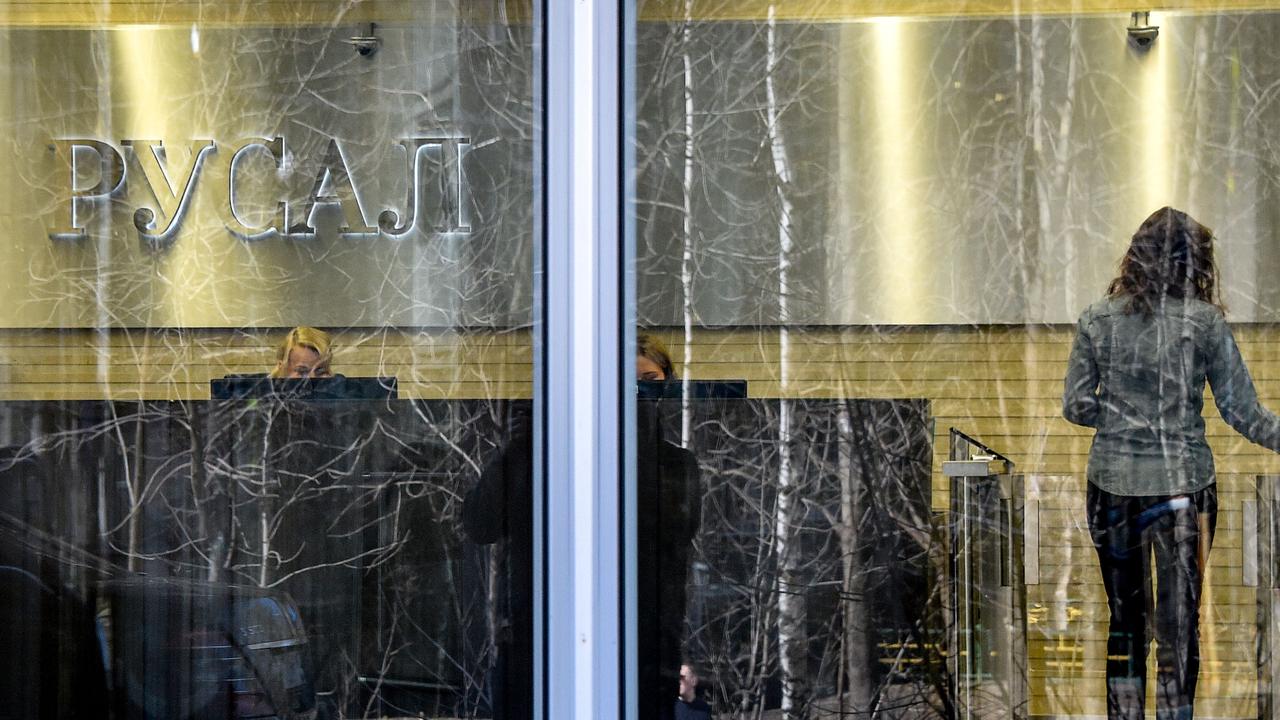Boral finds balance with ambitious US build-up
Boral’s well-timed buy is yet another step in an ongoing diversification strategy and will give it real scale in the US.

The acquisition will give Boral real scale in the US, adding $US1.1bn of revenue to the $US800 million or so Boral generated in the US last year. While there are complementary aspects of the two companies’ operations, however, perhaps the more significant aspect of the transaction is its impact in terms of the diversity of Boral US businesses.
Boral’s interests in the US have traditionally been focused on the US housing market and bricks and roofing tiles in particular. In the wake of the financial crisis, whose epicentre was the US housing market, that’s been a tough set of exposures.
Earlier this year, Kane joint ventured Boral’s brick business in the US with Forterra Inc. Partnering with Forterra will produce synergies and scale to help offset the high fixed-cost and energy-intensive nature of that business.
The Headquarters acquisition is far more transformative but shares a similar philosophy of transition the US business away from the more capital intensive and high fixed-cost end of the building materials industry that focus on residential housing.
The US company generates about two-thirds of its revenues from light building products and the remainder from construction materials, including one of the biggest fly ash businesses in the US — a business that is five times the size of Boral US’s fly ash operation.
Thus the acquisition fits Kane’s criteria for an acquisition in the US. It dilutes the exposure to capital-intensive activity, it gives Boral a broader suite of building materials with better margins and a far more extensive distribution system and it creates an exposure to construction materials and the fast-growing market for fly ash.
With the housing market in the US having bottomed some time ago but still developing momentum and the prospects for construction activity strengthened by the election of Donald Trump (with his platform of a massive boost to infrastructure investment), the deal appears to be well-timed.
At face value it isn’t cheap, paying $3.5bn ($US2.6bn) for a company that generates about $US218m of earnings before interest, tax, depreciation and amortisation, but Boral — having spent more than six months on its due diligence — believes it can extract $US30m to $US55m of synergies in its first year of ownership and, within four years, $US100m a year.
The degree of ambition inherent in the acquisition can be seen by contrasting the acquisition price with Boral’s own market capitalisation of about $4.6bn. It radically scales up Boral’s US business.
Boral will, however, raise $2.1bn through the combination of a $450m placement and $1.6bn renounceable entitlement issue, so it will maintain quite solid balance sheet metrics — gearing of only about 30 per cent — even as it dramatically scales up its US business.
When Kane became chief executive of Boral in 2012 he laid out his game plan, which he described as “fix, execute and transform.”
The early years of its tenure were about reshaping the portfolio and lowering costs during the tough post-crisis building cycles in Australia and the US.
The Australian business maintains a broad range of building and construction material products but has a stronger and better-defined base and Kane entered a plasterboard joint venture with USG Corp in Australasia and Asia in 2014 that is performing well in a market with inherent long-term growth.
The core operations in the US, while improving its meagre profitability as the US housing market turned (it had earnings before interest and tax of $44 million last year), weren’t generating anything close to an acceptable return on the near-$900m of funds employed within the business.
Boral either had to get bigger — much bigger — in the US or considering turning its back on the decades it has been operating there.
Kane, who ran the US business before being appointed CEO, would appreciate that the momentum that is developing in the US economy and housing market and would have been reluctant to contemplate an exit, indeed he has been looking for an acquisition — including various joint venture deals with Headwaters — for years.
The acquisition announced today creates a much bigger and better-balanced US business with less-capital intensive operations and a far better distribution footprint. It is the “transform” leg of Kane’s “fix, execute and transform” program in the US.
If Boral management can execute the integration effectively, the group will have the stable base of its traditional Australasian businesses with growth prospects in Asia via the USG Boral joint venture and now the prospect of growth from the bulked-up and better-oriented US operations as well if the synergies come through and the US economy continues to grow.







Mike Kane has made no secret of his desire to dramatically tilt Boral’s US exposures away from its overexposure to the heavy and capital-intensive end of the US building materials market. With the $3.5 billion acquisition of Headwaters Inc that he announced today, the group’s perennially low-returning US business will be transformed.